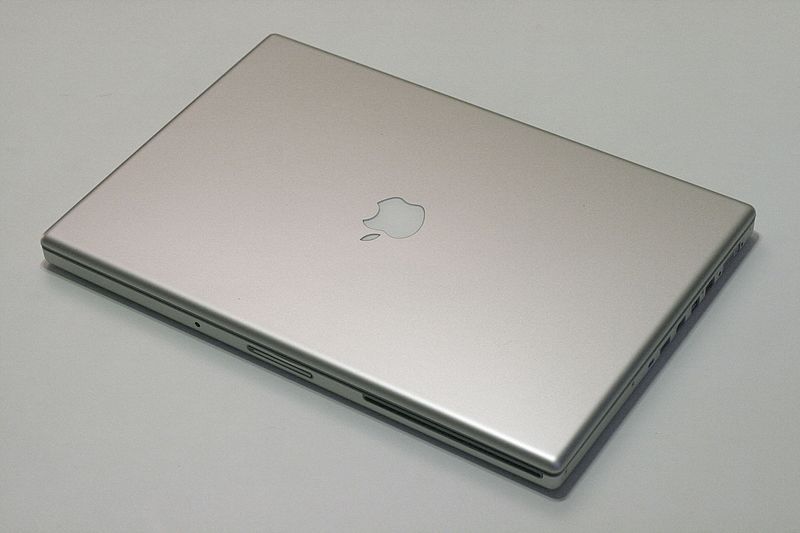USB Type-C is supposed to be a universal and bi-directional cable designed for all the existing devices worldwide. The marketplace is flooded by USB-C connectors that intend to eliminate the inefficiencies of the previous generations of USBs. It is just one single connector with non-polarized ends which effectively delivers speeds of as much as 20Gbps per second and an amazing power delivery of as much as 100 Watts for quick charging.
The USB-C design has proved to be useful to the consumers from the convenience perspective as it has really made their lives far easier. However, besides that there are a number of design implications of USB-C right from the way power supplies would be designed in the near future to the way device form factors would be shrinking because of the tiny size of USB Type-C.
The USB-C design has come up with innovative features and has actually motivated the electronics systems designers to buck up. USB-C is not merely a connector standard as per expert system solution architects who believe that USB Type-C is actually a big deal not only for the USB community but also, for the IP developers.
Some New Design Concerns
For effective detection of cable orientation, an analog detection circuit needs to be designed perfectly around the CC pin or the Configuration Channel pin. Depending on the detection, it is required for the USB 3 port to choose any one between the sets of pins that have been defined for USB-C connector. This is known as bus routing selection.

The
USB-C hub for MacBook Pro is known to support a couple of extra current grades, 3A and 1.5A for being delivered via the new cable along with 500m A and 900m A limits which are supported by USB 2.0 and USB 3.1 respectively. USB-C would be allowing the DFP or the downstream facing port to effectively go on advertising its current sourcing capacity via the CC pin. Moreover, the USB-C cable could be supporting the PD standard for about 5A & 20V through VBus. You need to ensure that the other side would not be harmed. This implies that there must be a fully-automated discovery mechanism via the cable for figuring out the device capability while the device is getting connected to the USB-C cable.
Utilitarian Cabling Potentials
The standard would be requiring an alternate mode meant for all other operations through the cable like display and audio. It has the capacity and efficiency for handling debugging responsibilities. In this connection, you must know that the precise vendor-defined message that has been specified in USB PD via the CC pin would be effectively utilized for discovering and establishing the specific alternate mode function via USB-C cable.
Conclusion
From the IP perspective, the implication of USB Type-C is not simply USB. There is supposed to be one cable which would be serving multiple operations and functions on the end device of customers. No matter what function the consumer wishes to pass through, he would be getting only that one single cable to cater to his requirements.


